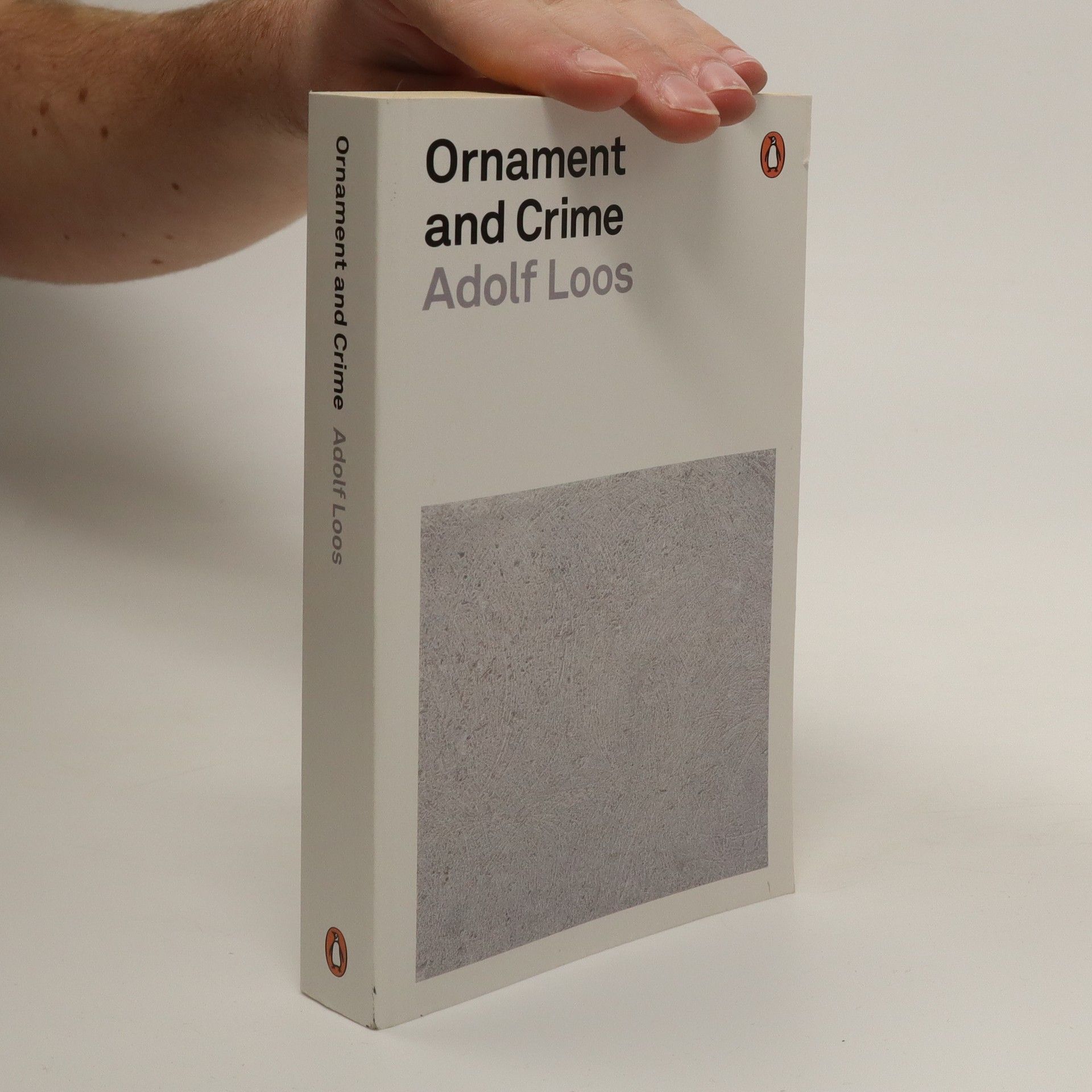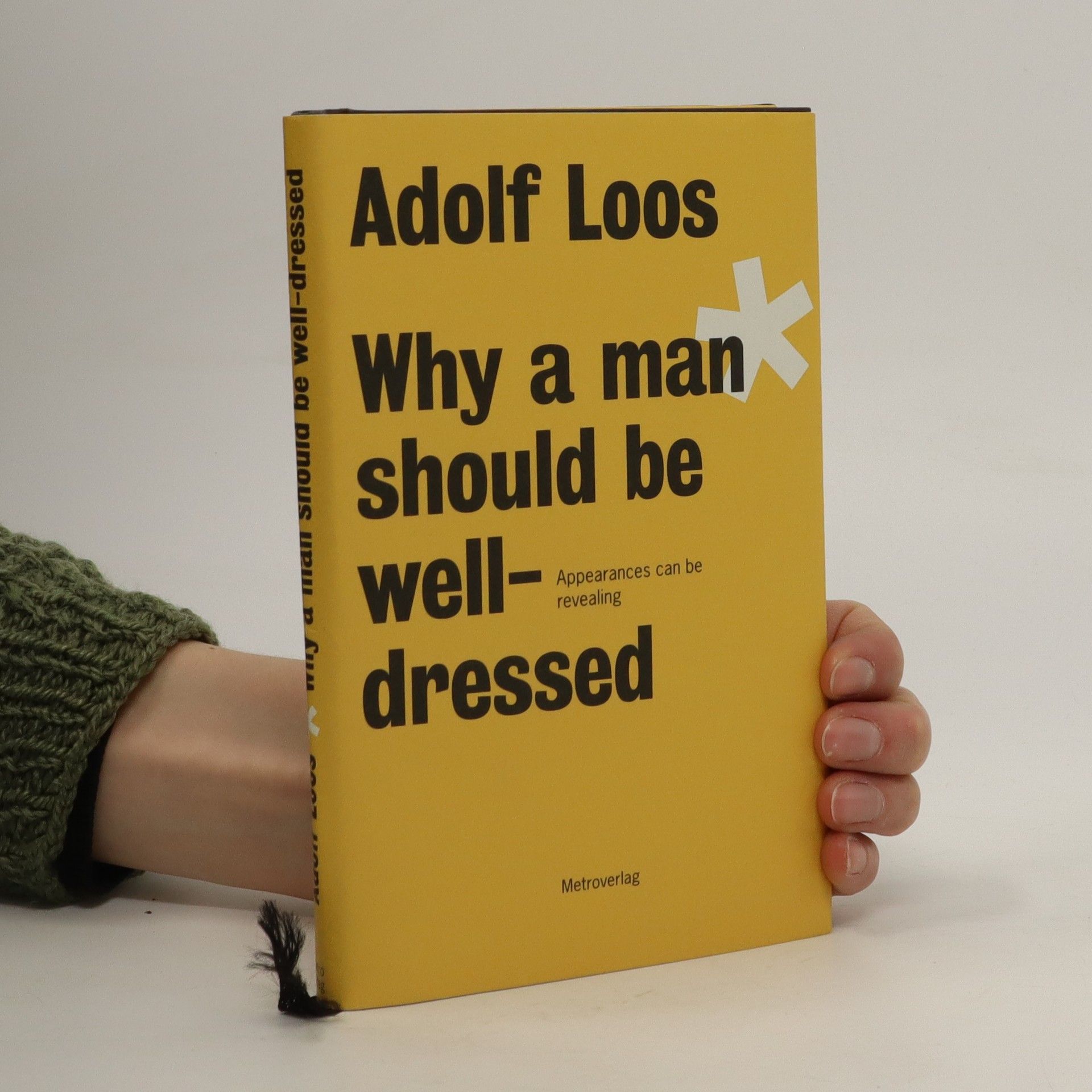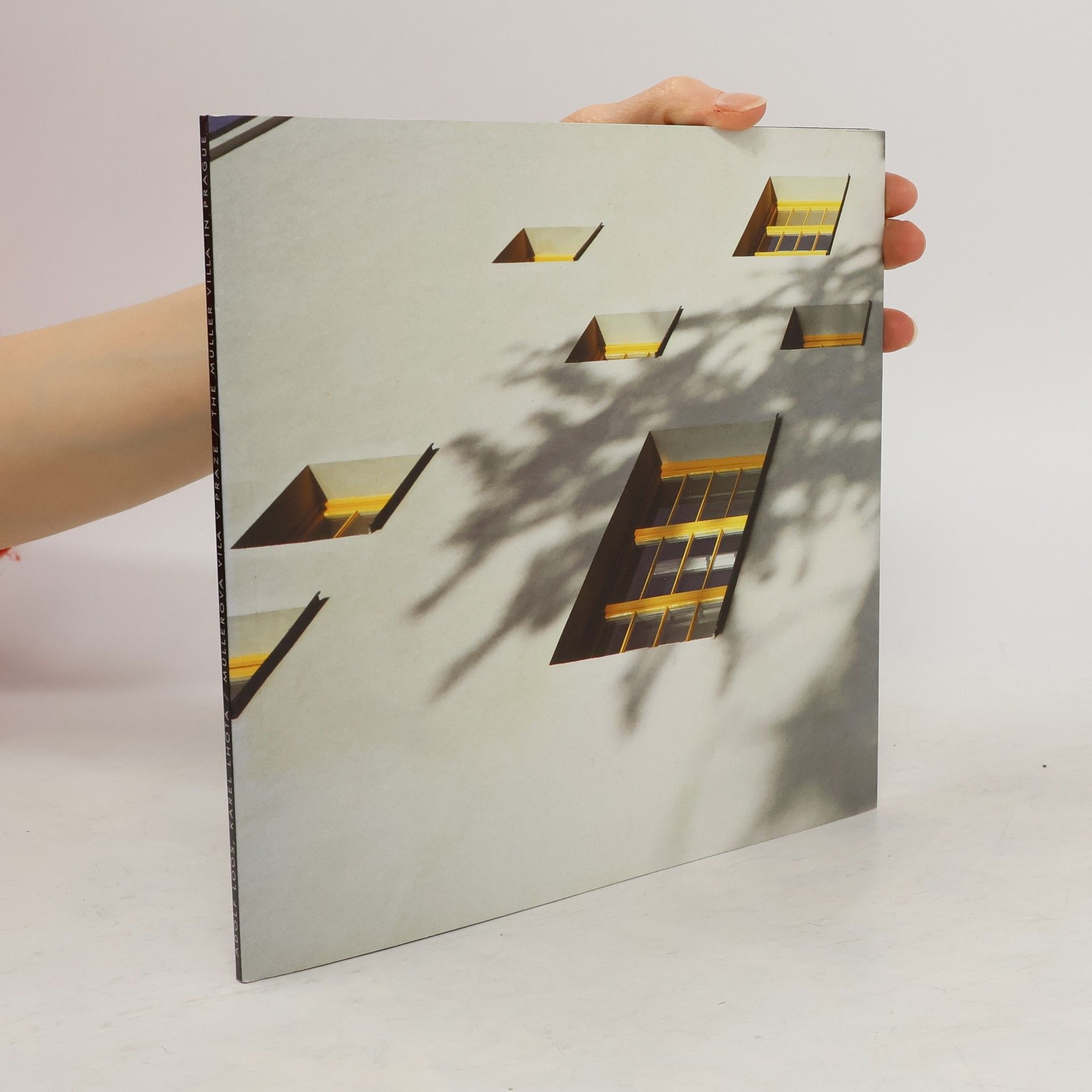Adolf Loos Libri
Adolf Loos fu un architetto austriaco che lasciò un segno indelebile nell'architettura moderna europea. Attraverso i suoi scritti, in particolare il saggio "Ornamento e delitto", respinse i principi estetici della Secessione viennese e contribuì alle fondamenta teoriche del modernismo. I saggi di Loos, spesso scritti in uno stile provocatorio, esplorarono il rapporto tra progresso culturale e assenza di ornamenti, sostenendo che la decorazione affretta inutilmente l'obsolescenza di un oggetto. Il suo stile architettonico influenzò l'approccio minimalista dell'architettura moderna, sebbene alcuni dei suoi interni presentassero sorprendentemente elementi riccamente decorati, che tuttavia erano integrazioni "organiche" anziché aggiunte superflue.

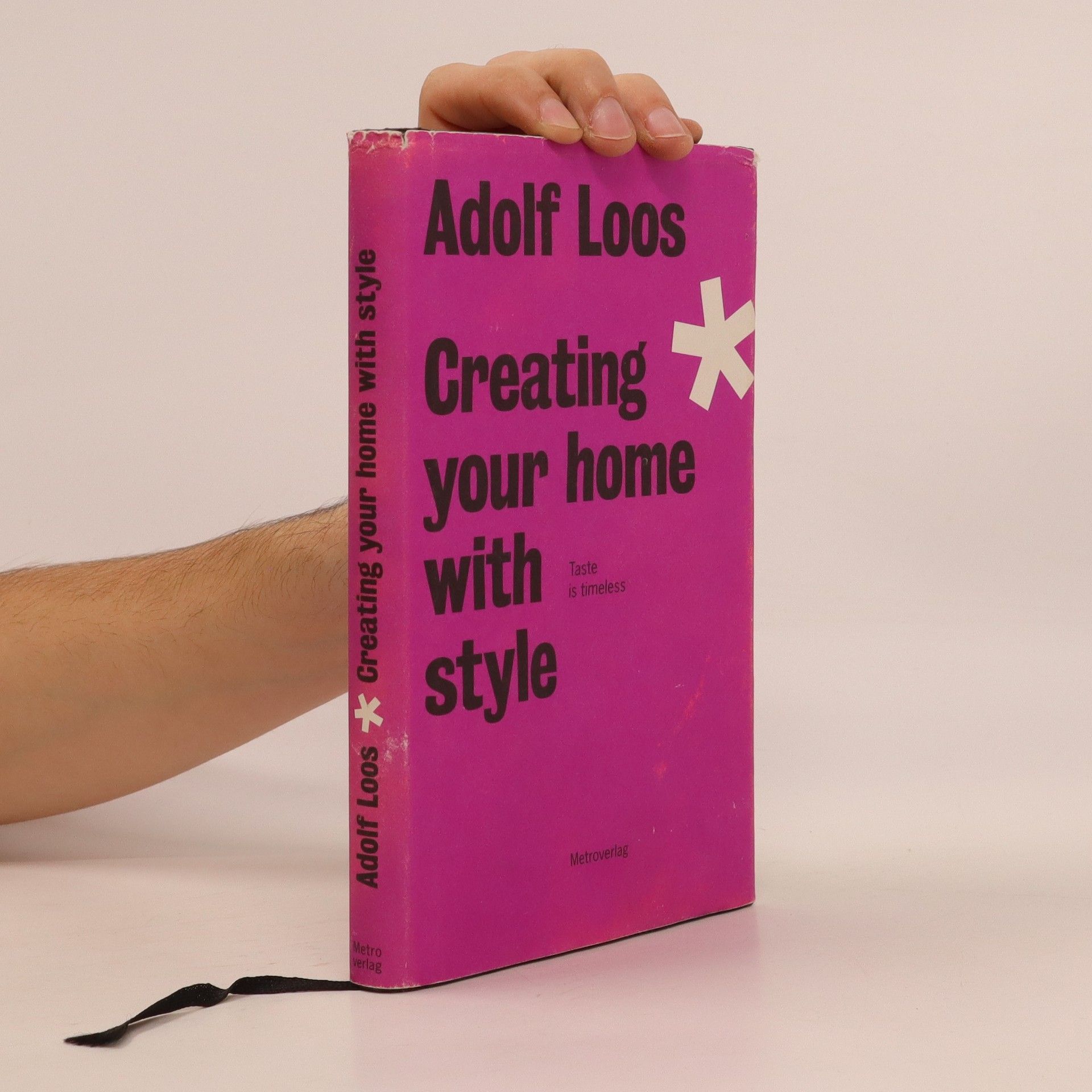
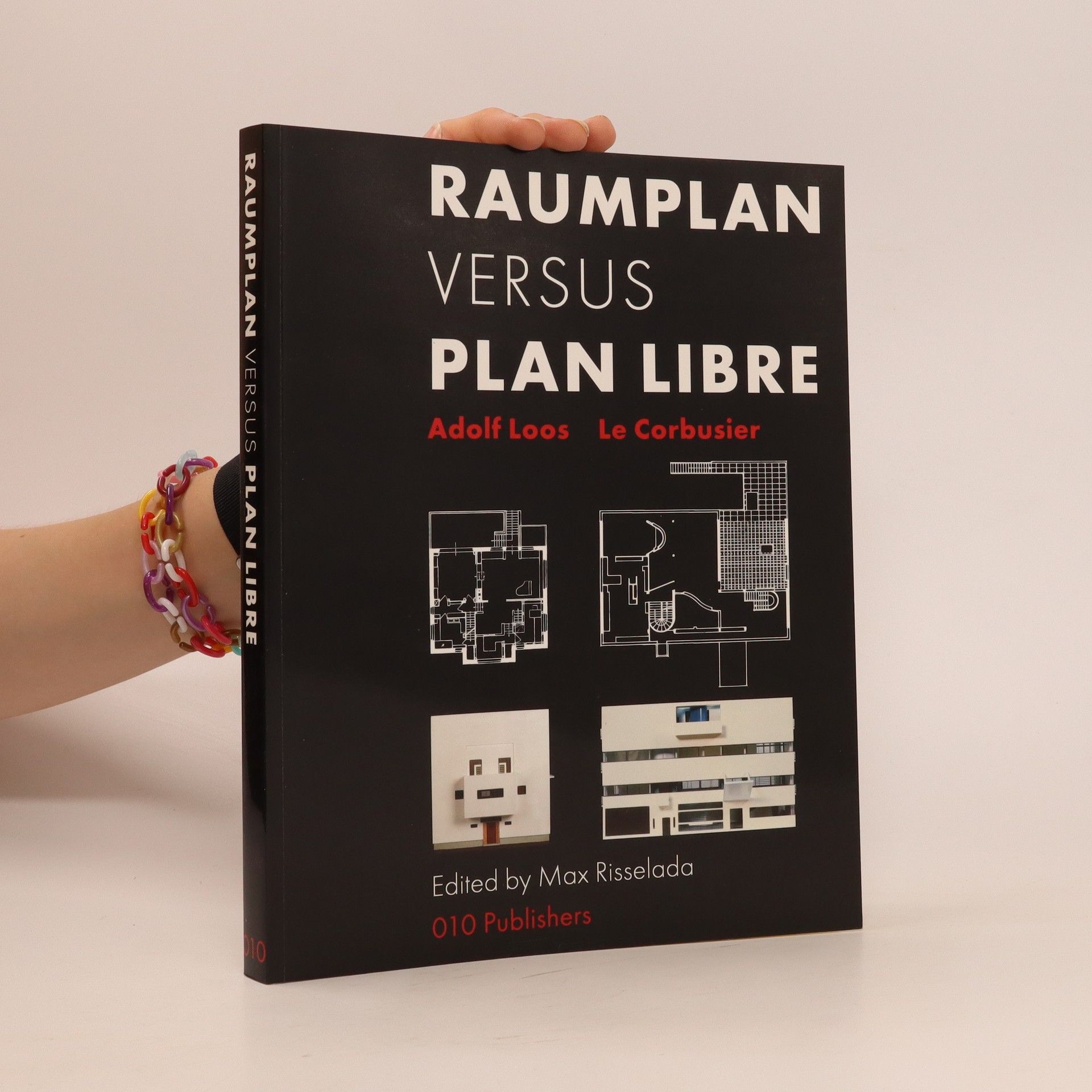



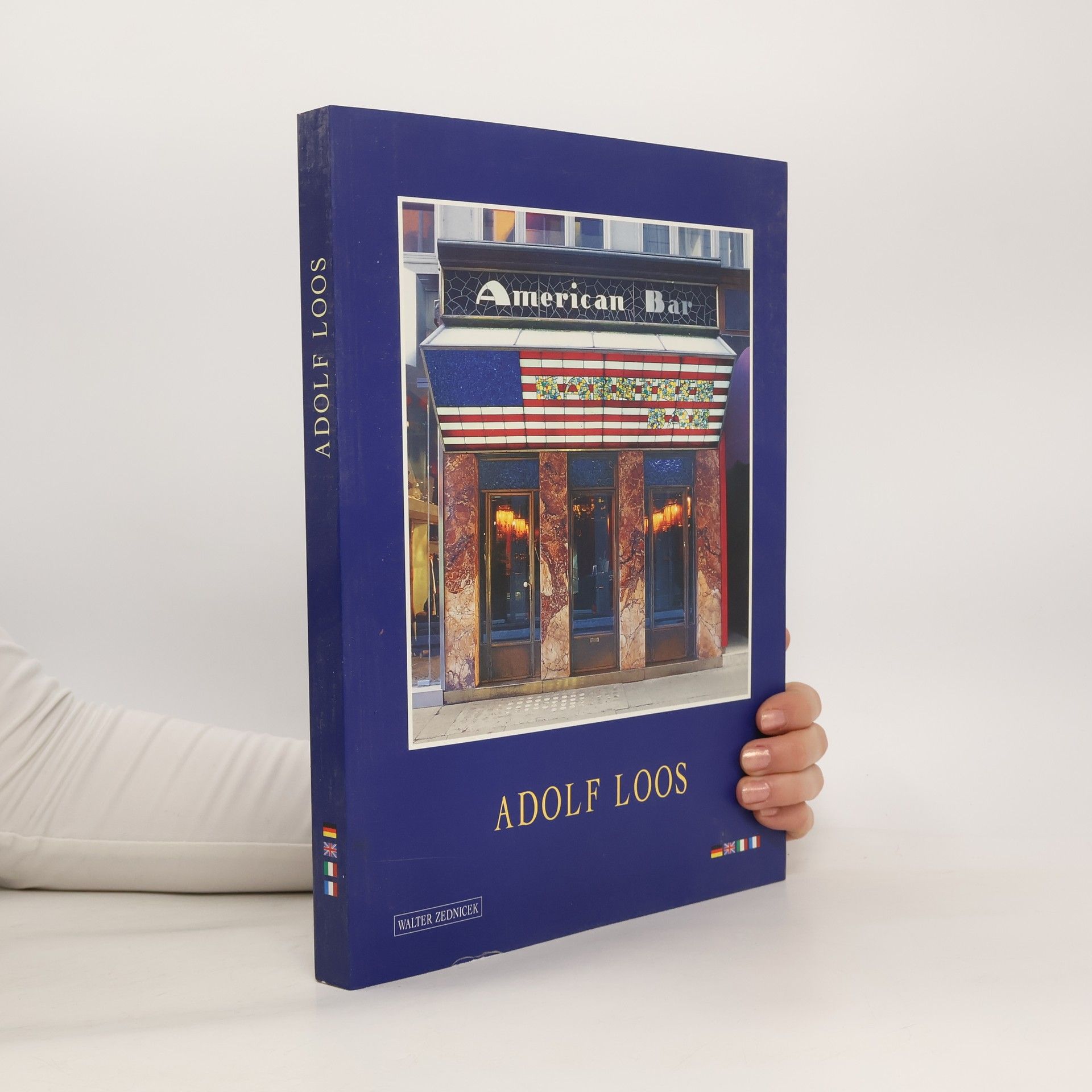
«Adolf Loos e io, lui letteralmente, io linguisticamente, non abbiamo fatto e mostrato nient’altro se non che fra un’urna e un vaso da notte c’è una differenza e che proprio in questa differenza la civiltà ha il suo spazio. Gli altri invece, gli spiriti positivi, si dividono fra quelli che usano l’urna come vaso da notte e quelli che usano il vaso da notte come urna» (Karl Kraus).
On architecture
- 216pagine
- 8 ore di lettura
Adolf Loos (1870-1933) is recognized today as one of the great masters of modern architecture. He did not leave a unified oeuvre but articles scattered through journals and newspapers. This collection of forty-two articles complements the volume Ornament and Crime. Together the two volumes represent more or less the complete writings of Adolf Loos
Raumplan versus Plan Libre
- 198pagine
- 7 ore di lettura
Originally published as a catalogue to accompany an exhibition with the same name in 1987, this new edition re-examines the respective merits of two giants of Modern Architecture Adolf Loos and Le Corbusier. As well as featuring writings by the two architects, the book illustrates their respective evolution, with detailed reference to their domestic projects, ranging from the Strasser House (1919) to the Last House (1932), and from the Maison Domino (1915) to Villa Savoye (1932). Features major contributions form Beatriz Colomina, Jan de Heer and Max Risselada, among others.
Creating your home with style : taste is timeless
- 125pagine
- 5 ore di lettura
Der Achitekt und Journalist Adolf Loos hatte zu allem eine Meinung und wusste auf jede Frage eine Antwort – vor allem, wenn es ums Bauen, Wohnen und den guten Geschmack ging. Loos, der zahlreiche Wohnungen plante und einrichtete, setzte stets auf klassische und praktische Möbel und verpönte ständig wechselnde Modetrends und die Vergeudung edlen Materials. Er forderte Stilmix statt Garniturdenken und Geschmacksfreiheit statt Einheitsbrei. Genauso wie guter Geschmack zeitlos ist, sind Loos’ amüsante Texte zum Thema zeitgemäß wie eh und je.
Ornament and Crime
- 352pagine
- 13 ore di lettura
Revolutionary essays on design, aesthetics and materialism - from one of the great masters of modern architecture Adolf Loos, the great Viennese pioneer of modern architecture, was a hater of the fake, the fussy and the lavishly decorated, and a lover of stripped down, clean simplicity. He was also a writer of effervescent, caustic wit, as shown in this selection of essays on all aspects of design and aesthetics, from cities to glassware, furniture to footwear, architectural training to why 'the lack of ornament is a sign of intellectual power'. Translated by Shaun Whiteside With an epilogue by Joseph Masheck
Ein Kampf gegen Vergeudung edlen Materials, leere Ornamente und unnötigen Aufputz war kompromisslos, von seinen Anhängern wird er als der Architekt des modernen Geistes gefeiert. Nur wenigen sind seine amüsanten philosophisch-literarischen Texte über modische Erscheinungen und das Prinzip der Bekleidung bekannt. Inzwischen genießt Adolf Loos als Apostel der zeitgenössischen Bau- und Lebensweise Kultstatus. Sein schriftstellerisches Werk hat bis zum heutigen Tag Gültigkeit und wirkt in viele moderne Lebensbereiche hinein. Erstmals wird nun der „Loos'sche Dresscode" in englischer Übersetzung (mit einer kulturgeschichtlichen Einführung in die Zeit von Adolf Loos) präsentiert. Denn so viel guter Geschmack muss verbreitet werden.
